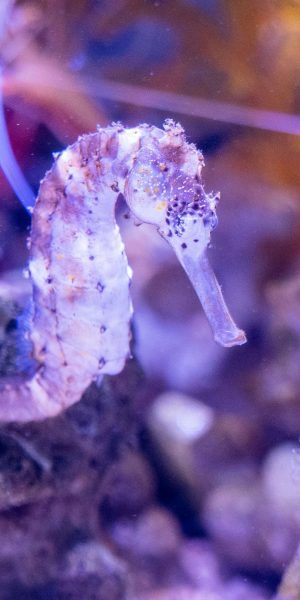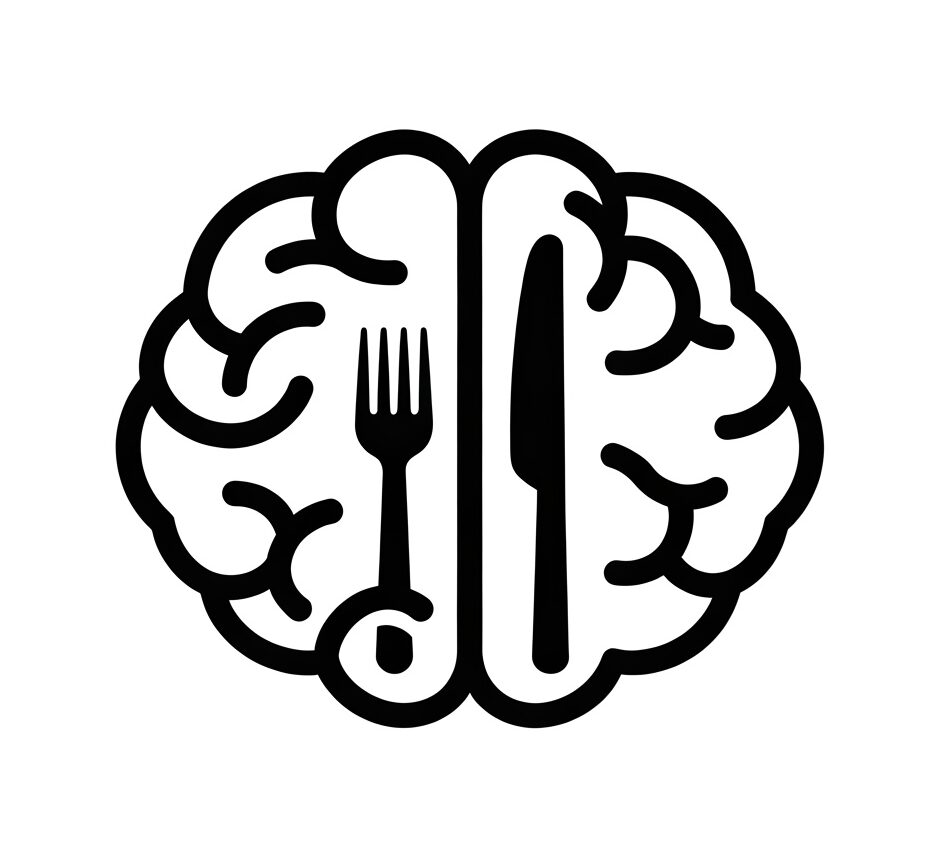Fact of the Day: "Honey doesn't spoil!"
Honey doesn’t spoil due to its low water content, high acidity, and antibacterial properties. Bees collect nectar, break it down using enzymes, and fan it to evaporate water, making honey acidic (pH ~4) and rich in hydrogen peroxide. These conditions prevent bacteria from thriving, allowing honey to last for thousands of years, as seen in Ancient Egyptian tombs.

Quick bites
Octopus have 3 hearts
Fire can’t burn in space
Sharks predate trees
Did you know?
Seahorses are unique in the animal kingdom because males get pregnant and bear young. After a courtship dance, the female transfers eggs into the male’s brood pouch, where they are fertilized. After 2-4 weeks, the male gives birth to dozens to 1,000 fully formed babies, though only about 0.5% survive. Seahorses also have chromatophores in their skin, allowing them to change color for camouflage. However, many of the 47 known species are declining due to habitat destruction, pollution, and the aquarium trade. While wild seahorses struggle in captivity, captive-bred seahorses have shown better survival rates in aquariums.

Debunking Myths:
Vaccines cause autism
The claim that vaccines cause autism has been widely debunked by extensive scientific research. This myth originated from a 1998 study by Andrew Wakefield, which suggested a link between the MMR (measles, mumps, and rubella) vaccine and autism. However, the study was later retracted due to serious flaws, ethical violations, and falsified data. Wakefield lost his medical license, and no credible research has ever supported his claims. Since then, multiple large-scale studies, involving …
Then vs...
For centuries, astronomers believed the Milky Way was the entire universe. It wasn’t until the 1920s that this idea was challenged by astronomer Edwin Hubble, who observed distant celestial objects and discovered that they were actually separate galaxies, far beyond our own. His groundbreaking work proved that the universe is vastly larger than we ever imagined.
Now
Today, with powerful telescopes like Hubble and James Webb, scientists estimate that the observable universe contains over 2 trillion galaxies, each with billions of stars and planets. This discovery reshaped our understanding of space, raising profound questions about the origins of the universe and the possibility of extraterrestrial life.
